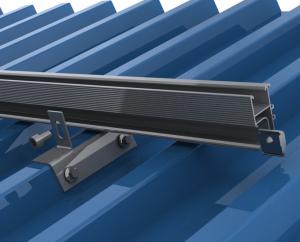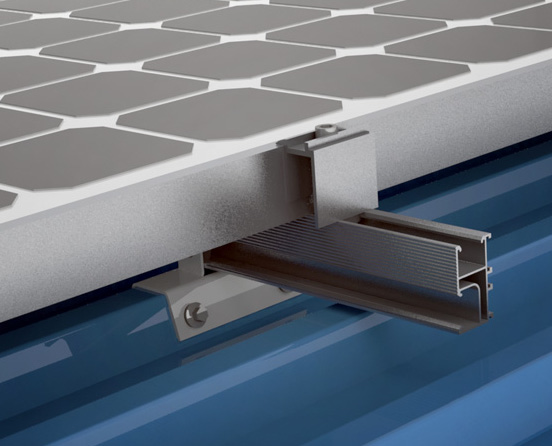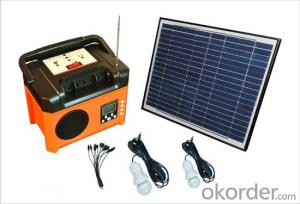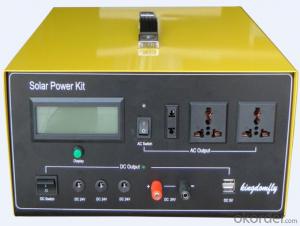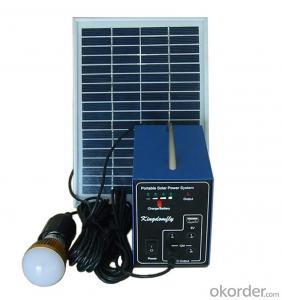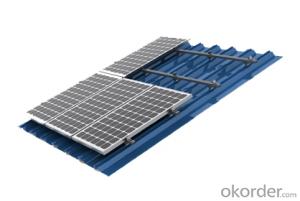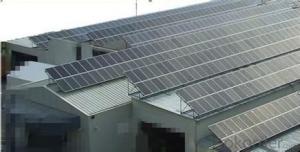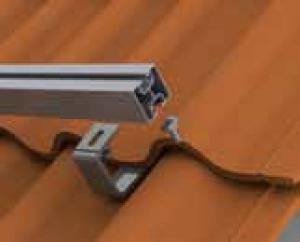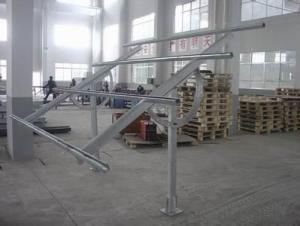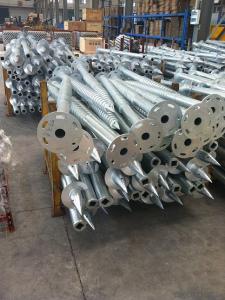Solar Energy Systems Swarthmore - Solar Mounting Metal Sheet Roof System
- Loading Port:
- China Main Port
- Payment Terms:
- TT OR LC
- Min Order Qty:
- -
- Supply Capability:
- -
OKorder Service Pledge
OKorder Financial Service
You Might Also Like
Product Features
• Less piece of components and easy for installation.
• Design speical clamp matching to the metal sheet shape and specification.
• Use super quality Al-alloy and stainless steel for components.
• Wide range of product line .
Technical Data
Installation site Metal sheet roof
Slope of roof Client requirement
Module specification Frame / frameless module, crystalline/thin film module
Installation type Parallel to the roof
Module arrangement Portrait Landscape
Module area square Client requirement
Module area position Client requirement
Roof structure Client requirement
Loading section Al 6063 T5
Small pieces Stainless steel, Al6063 T5
- Q: Are there any disadvantages or limitations to using solar energy systems?
- Yes, there are a few disadvantages and limitations to using solar energy systems. Firstly, solar panels require a significant initial investment, making the upfront costs relatively high. Additionally, the efficiency of solar panels is dependent on factors such as weather conditions and geographic location, which may impact their energy production. Solar energy is also intermittent, meaning it cannot be generated during nighttime or cloudy days, requiring the use of energy storage systems or alternative power sources. Finally, the manufacturing and disposal of solar panels can have environmental impacts, although these are generally outweighed by the long-term benefits of using solar energy.
- Q: Can solar energy systems be used in powering agricultural processing facilities?
- Yes, solar energy systems can be used to power agricultural processing facilities. Solar panels can be installed on the rooftops or surrounding land of these facilities to generate electricity. This renewable energy source can provide a reliable and cost-effective solution to meet the power requirements of various agricultural processing operations, such as drying, milling, refrigeration, and packaging. Additionally, solar energy systems can help reduce greenhouse gas emissions and dependence on fossil fuels, making them an environmentally sustainable choice for powering agricultural processing facilities.
- Q: Can solar energy systems be used for powering off-grid eco-hospitals?
- Yes, solar energy systems can be used for powering off-grid eco-hospitals. Solar panels can be installed on the hospital's rooftop or surrounding areas to harness sunlight and convert it into electricity. This renewable energy source can power critical medical equipment, lighting, heating, cooling, and other essential systems in eco-hospitals, even in remote or off-grid locations. It offers a sustainable and cost-effective solution, reducing reliance on fossil fuels and minimizing the environmental impact of healthcare facilities.
- Q: How does solar energy impact job creation?
- Solar energy impacts job creation by creating a significant number of employment opportunities in various sectors such as manufacturing, installation, maintenance, and research and development. The growth of the solar energy industry has led to the creation of numerous jobs, both in the renewable energy sector and related industries. This includes positions for engineers, technicians, project managers, salespeople, and more. Additionally, as solar energy becomes more affordable and widely adopted, it stimulates economic growth and encourages investments, further boosting job creation in local communities.
- Q: Can I install solar panels myself?
- Yes, it is possible to install solar panels yourself, but it requires a certain level of expertise and knowledge in electrical work and roofing. It is recommended to hire a professional installer who is trained and experienced in handling solar panel installations to ensure safety and optimal performance.
- Q: What is the impact of bird nesting on solar panel efficiency?
- Bird nesting on solar panels can have a negative impact on their efficiency. Nests and droppings can accumulate on the panels, reducing the amount of sunlight they can absorb. This can lead to decreased energy production and lower overall efficiency of the solar panels. Regular cleaning and deterrent measures are necessary to prevent bird nesting and maintain optimal performance of the panels.
- Q: Can solar energy systems be used for powering water pumps?
- Yes, solar energy systems can be used for powering water pumps. Solar-powered water pumps utilize photovoltaic panels to convert sunlight into electricity, which can then be used to run the pumps. These systems are especially useful in remote areas where access to electricity is limited.
- Q: Can solar energy systems be used for powering remote communication systems?
- Yes, solar energy systems can be used for powering remote communication systems. Solar panels can convert sunlight into electricity, which can then be stored in batteries for later use. This makes solar energy a reliable and sustainable source of power for remote communication systems, eliminating the need for traditional grid connections or fuel-powered generators. Additionally, solar energy systems can be designed to withstand harsh weather conditions and operate in remote locations, making them an ideal solution for powering communication systems in remote areas.
- Q: Can solar energy systems be used for agricultural purposes?
- Yes, solar energy systems can be used for agricultural purposes. Solar panels can be used to generate electricity to power irrigation systems, lighting, and other farm equipment. Additionally, solar energy can be used for heating water for livestock or crop processing. It is a sustainable and cost-effective solution for farmers to reduce their reliance on traditional energy sources and reduce their carbon footprint.
- Q: What is the lifespan of solar panels used in solar energy systems?
- The lifespan of solar panels used in solar energy systems typically ranges from 25 to 30 years, although some panels can last even longer with proper maintenance and care.
Send your message to us
Solar Energy Systems Swarthmore - Solar Mounting Metal Sheet Roof System
- Loading Port:
- China Main Port
- Payment Terms:
- TT OR LC
- Min Order Qty:
- -
- Supply Capability:
- -
OKorder Service Pledge
OKorder Financial Service
Similar products
Hot products
Hot Searches
Related keywords


